Início Manifestações orais da COVID-19 e o papel do cirurgião-dentista no diagnóstico precoce...
9 (2022)
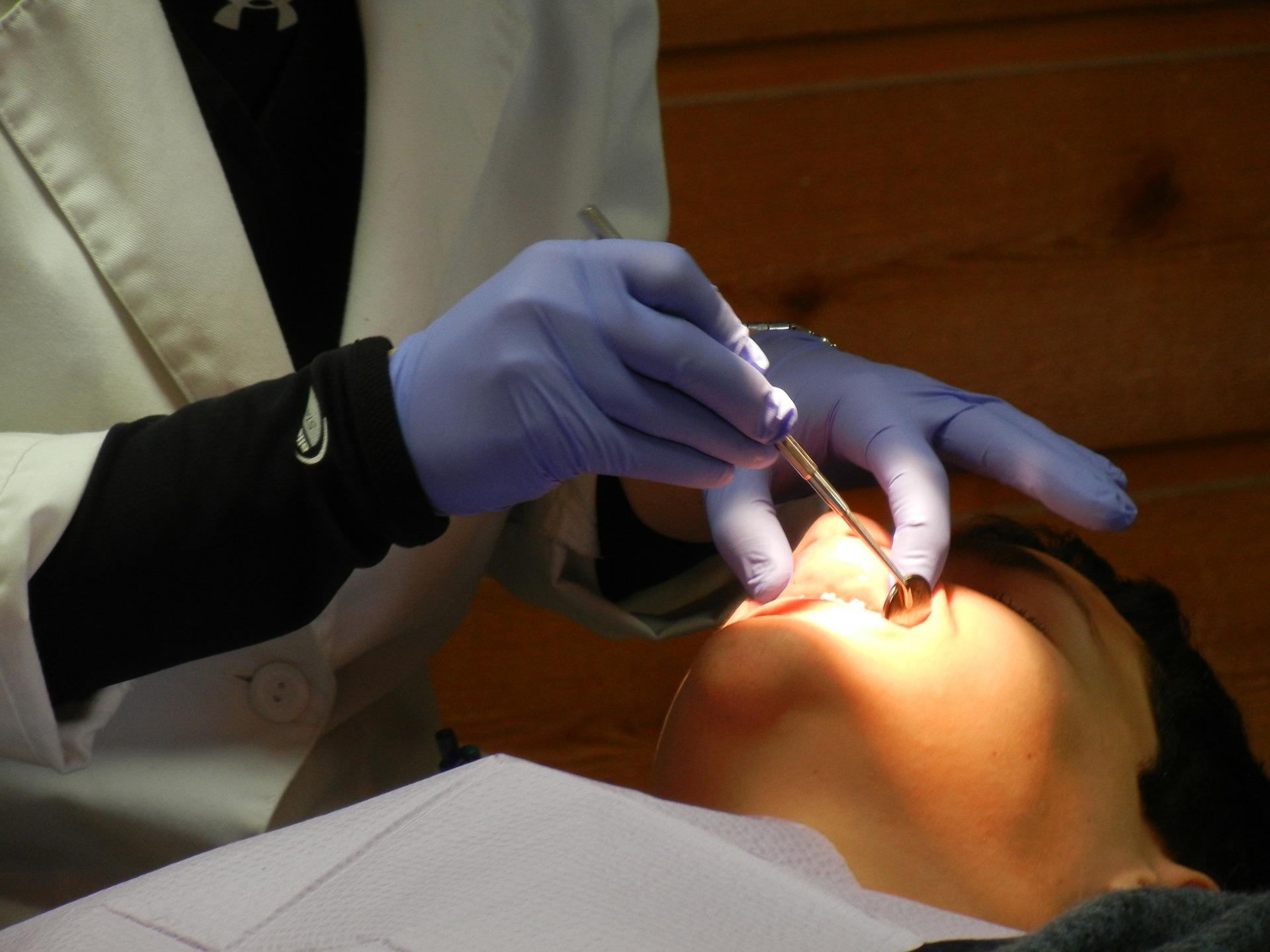
Manifestações orais da COVID-19 e o papel do cirurgião-dentista no diagnóstico precoce e controle da sua transmissibilidade: revisão de literatura
Resumo:
Introduction: In 2019, the world was experiencing an alarming public health crisis, caused by a virus called by the international committee on taxonomy of viruses, as SARS-CoV-2 and later declared by the World Health Organization (WHO) as COVID -19. A new disease characterized by causing infections with flu-like symptoms and high mortality rates. In view of the COVID-19 pandemic situation, and its immediate repercussions, this literature review aims to analyze the main oral changes associated with COVID-19 infection, as well as to understand whether these presentations are due to the infection or represent secondary manifestations resulting from of the systemic condition. Review: The methodology involved a bibliographic survey in the Bireme, Pubmed and Lilacs databases, and the available literary works on the subject. Data collection comprised articles published in the last 10 years, from 2012 to 2022. Only scientific articles published and made available for free, without restrictions, were selected by country or language. Discussion: Among the oral anatomical structures affected by COVID-19, the dorsum of the tongue draws attention due to the high frequency and number of alterations, such as white and red plaques, whitish areas, hemorrhagic crust, necrosis, petechiae, erythema and spontaneous bleeding, fissured tongue. Final considerations: COVID-19 is a multisystem disease, capable of affecting the oral cavity, the most common manifestation being dysgeusia, followed by the presence of ulcers, herpetiform lesions, usually associated with immunocompromise caused by the disease, erosive lesions, blisters, vesicles, pustules and depapilated tongue, associated with the use of NSAIDs, in the relief of some symptoms associated with the disease.
Keywords: dentist, COVID-19, diagnosis, oral manifestations, non-pharmacological measure, oral health.
Expandir Resumo
Acessar Texto Completo

O uso de Plantas Alimentícias Não Convencionais (PANCs) em uma Unidade Básica de Saúde do município de São José dos Campos, São Paulo, Brasil
Resumo:
Introduction: Since prehistoric times men have used plants for food purposes, nowadays, they present a subsistence option for rural communities. Unconventional food plants (PANCs) are unusual plants, without a marked reproductive chain and not easily found in supermarkets, but their consumption is important due to their high nutritional value. Experience report: In view of the wide variety of PANCs in a region of São José dos Campos, a table was established in order to encourage consumption. Discussion: This experience report brought a positive return despite not using qualitative tools to measure results, the release of the table for residents linked to the UBS of the North Zone in the municipality of São José dos Campos was beneficial and well accepted by the community.
Keywords: basic health unit, disclosure, nature.
Expandir Resumo
Acessar Texto Completo
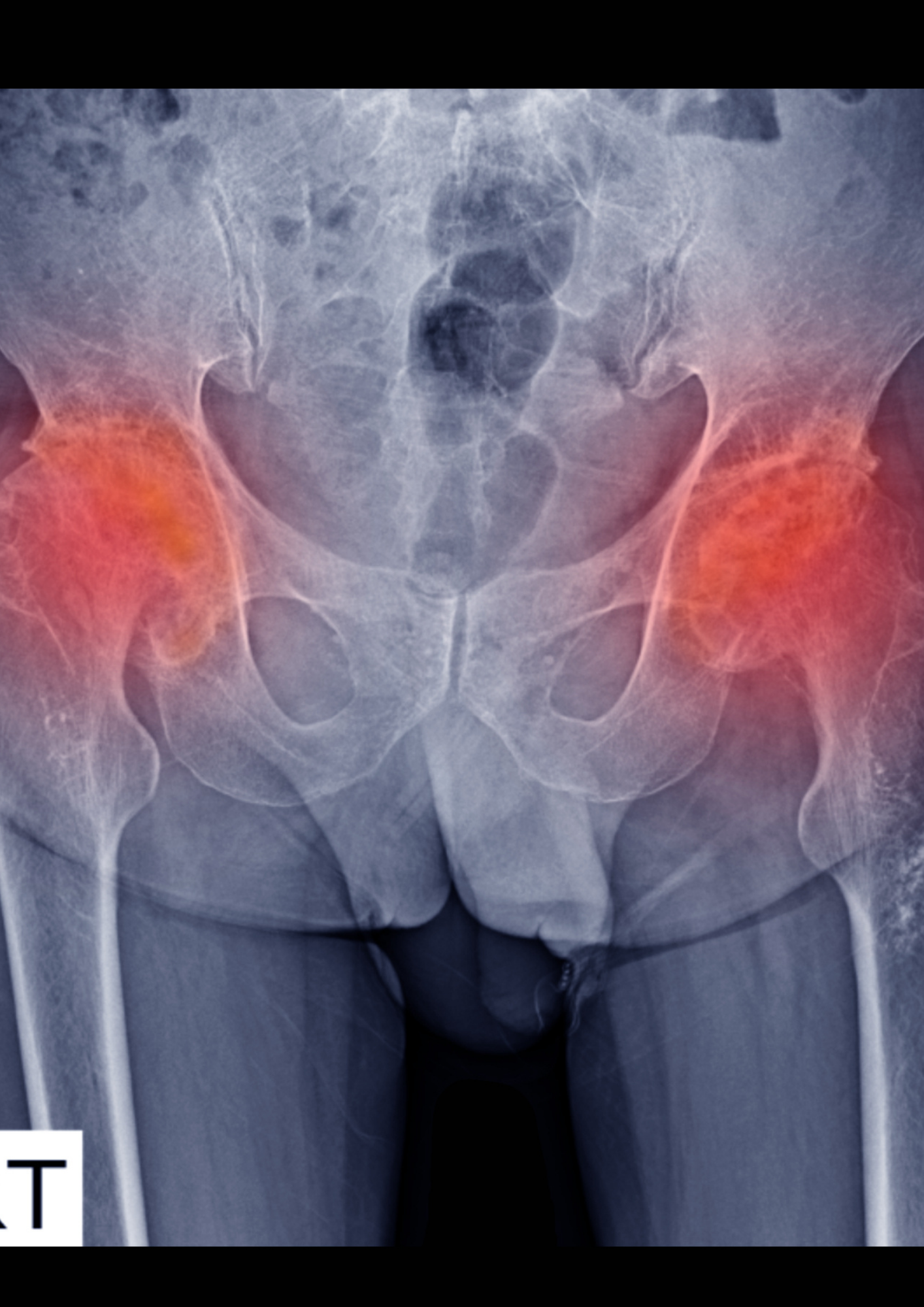
Costs analysis of hip osteonecrosis treatment: cell therapy and total arthroplasty in people with sickle cell disease from the SUS perspective
Resumo:
Objetivo: Este estudo se propôs a realizar uma análise sobre os gastos efetivos com terapia celular e artroplastia na osteonecrose no quadril em pessoas com Doença Falciforme, no context do Sistema Único de Saúde (SUS). Métodos: Estudo descritivo, comparativo e transversal com pessoas, na faixa etária de 18 a 40 anos, atendidas no Complexo Hospitalar Universitário Professor Edgard Santos, com osteonecrose de quadril secundária à Doença Falciforme e submetidas à terapia celular no período de 2015 a 2019. Para avaliar os gastos em saúde, aplicou-se a metodologia de microcusteio e utilizou-se a perspectiva do SUS como organização compradora de serviços de saúde pública e privadas. Além disso, foram consultados dados dos bancos de dados do SUS, DATASUS. Resultados: Foram atendidos 74 pacientes, sendo realizados 88 procedimentos cirúrgicos. Os gastos obtidos com cada procedimento foram de R$ 3.265,22 para terapia celular e R$ 4.764,08 para artroplastia total do quadril. Com base em evidências científicas, a soltura de próteses referentes à artroplastia total primária na Doença Falciforme, cujo valor de R$ 4.764,08 tem vida útil média de 5 a 10 anos, exige uma artroplastia de revisão total, procedimento com gastos estimados em R$ 6.365,18. Verificou-se que, enquanto a terapia celular gerou um gasto de R$ 287.339,36, na doença falciforme o método tradicional foi adotado, o valor gasto seria de R$ 979.374,88. Conclusões: Terapia com células tronco mostrou-se mais econômico, sendo um tratamento que possibilita tartar masi pessoas em menos tempo.
Palavras-chave: Despesas De Saúde, Anemia Falciforme, Osteonecrose da cabeça do fêmur, Artroplastia do quadril, Terapia celular.
Expandir Resumo
Acessar Texto Completo
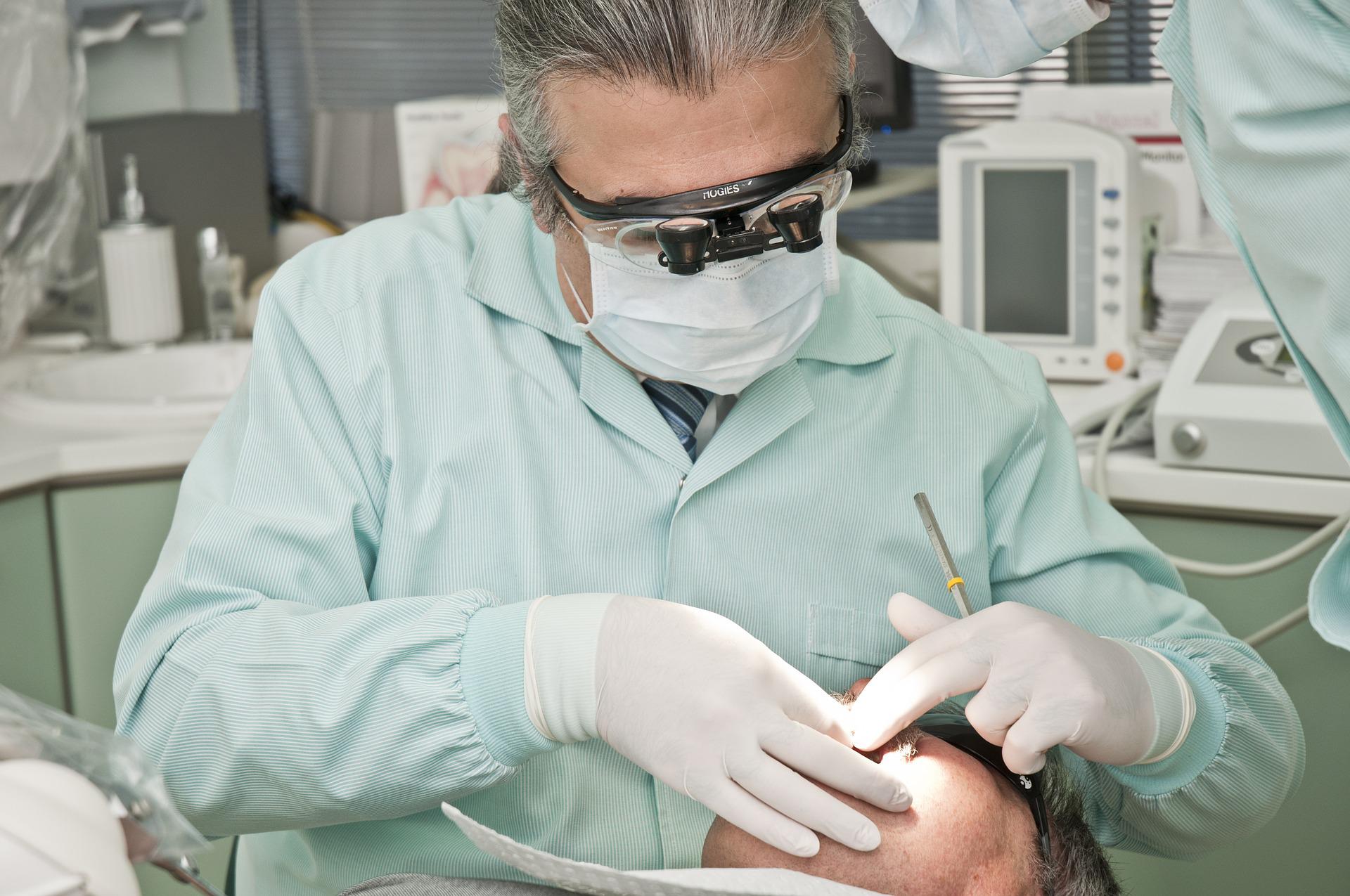
Biópsia em lesões enegrecidas e vinhosas da cavidade bucal: quando fazer, quando evitar? Uma revisão de literatura
Resumo:
The biopsy corresponds to an invasive surgical procedure whose function seeks to remove a lesion partially or totally, with the main objective of making a histopathological study to obtain a conclusive clinical diagnosis. The aim of this study was to describe and analyze different surgical biopsy techniques and their use in the diagnosis and treatment of pigmented and vascular lesions, as well as to alert to the importance of knowing the different procedure techniques, taking into account their clinical indications and contraindications. A factor in successful diagnosis and treatment is to recognize the different types of distinct lesions in the maxillofacial region, which require different biopsy techniques. In this study we evaluated that the techniques of incisional and excisional biopsy are recommended in the diagnosis and treatment of pigmented lesions while for vascular lesions aspiration puncture, diascopy and vitreoretinal biopsy are more recommended, being only when indicated the excisional type biopsy.
Keywords: Biopsy, Oral Medicine, Melanoma, Hemangioma, Oral Surgical Procedures.
Expandir Resumo
Acessar Texto Completo
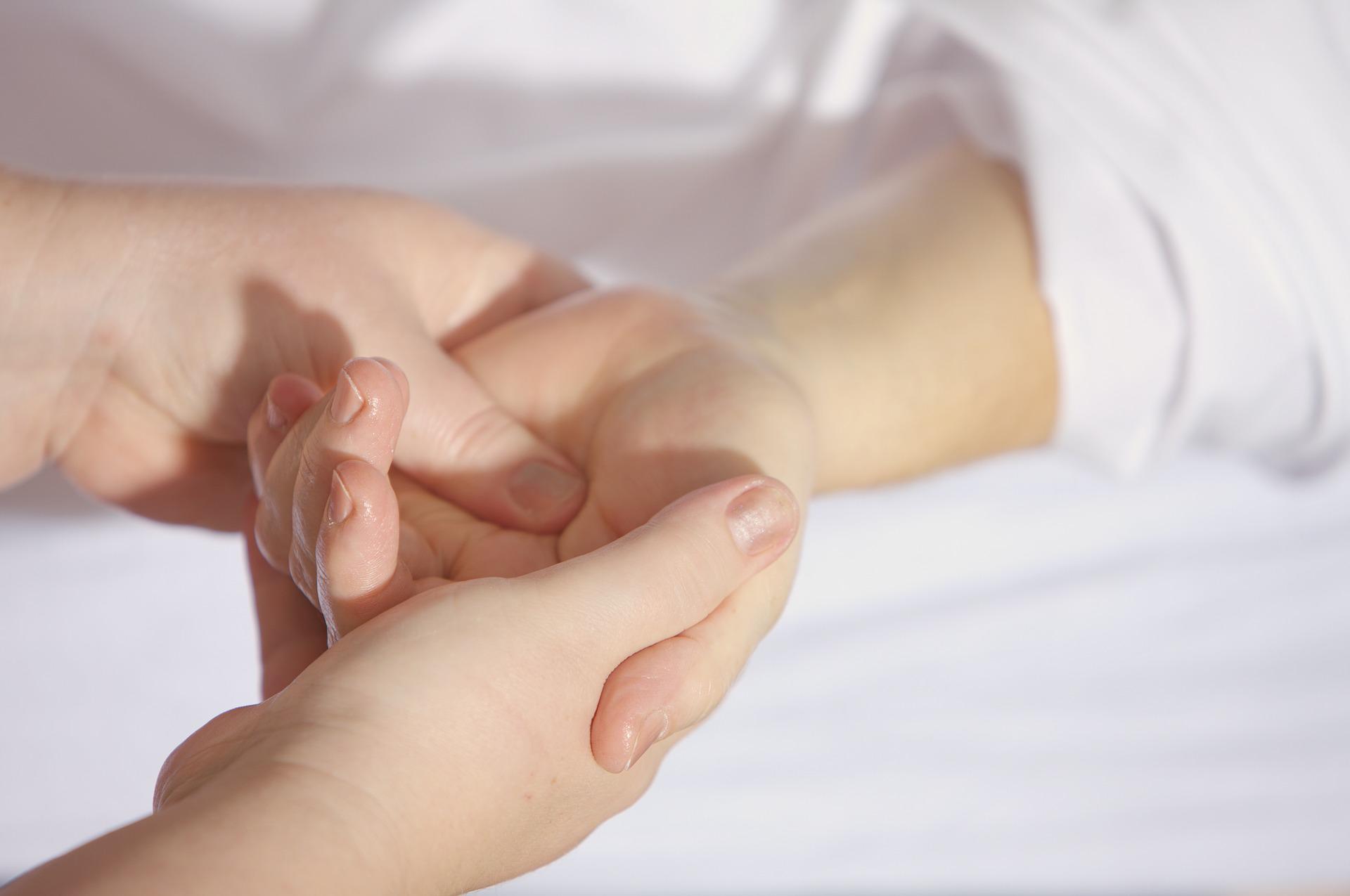
Análise das características demográficas da autoavaliação positiva de saúde na pesquisa nacional de saúde
Resumo:
Introduction: The different strategies used to measure health, self-assessment of health has been widely used in national epidemiological studies. In this perspective, there are differences in aspects related to health among men, women, children, young people, adults and the elderly. Objective: Was to analyze statistically the information provided by the National Health Survey on the positive self-assessment of health of individuals in the five regions of Brazil. Material and methods: This is an ecological study with the IBGE database. Best percentages of positive self-assessment were found among men in all regions. Results and discussion: There was a high and positive correlation between all variables, with the exception of the complete and incomplete middle school grade, which presented a statistically significant correlation only in relation to males (r2 = 0.85, p = 0.029), age range from 18 to 29 years (r2 = 0.96, p = 0.002) and 60 to 64 years (r2 = 0.93, p = 0.005). Only those individuals with incomplete and incomplete primary education and the elderly aged 75 years or over do not explain the total percentage of positive self-evaluation of health. Final considerations: We concluded that there are differences of sex and between the Brazilian regions in relation to the positive self-assessment of health.
Keywords: self-evaluation, health level, health inequalities, epidemiological surveys.
Expandir Resumo
Acessar Texto Completo
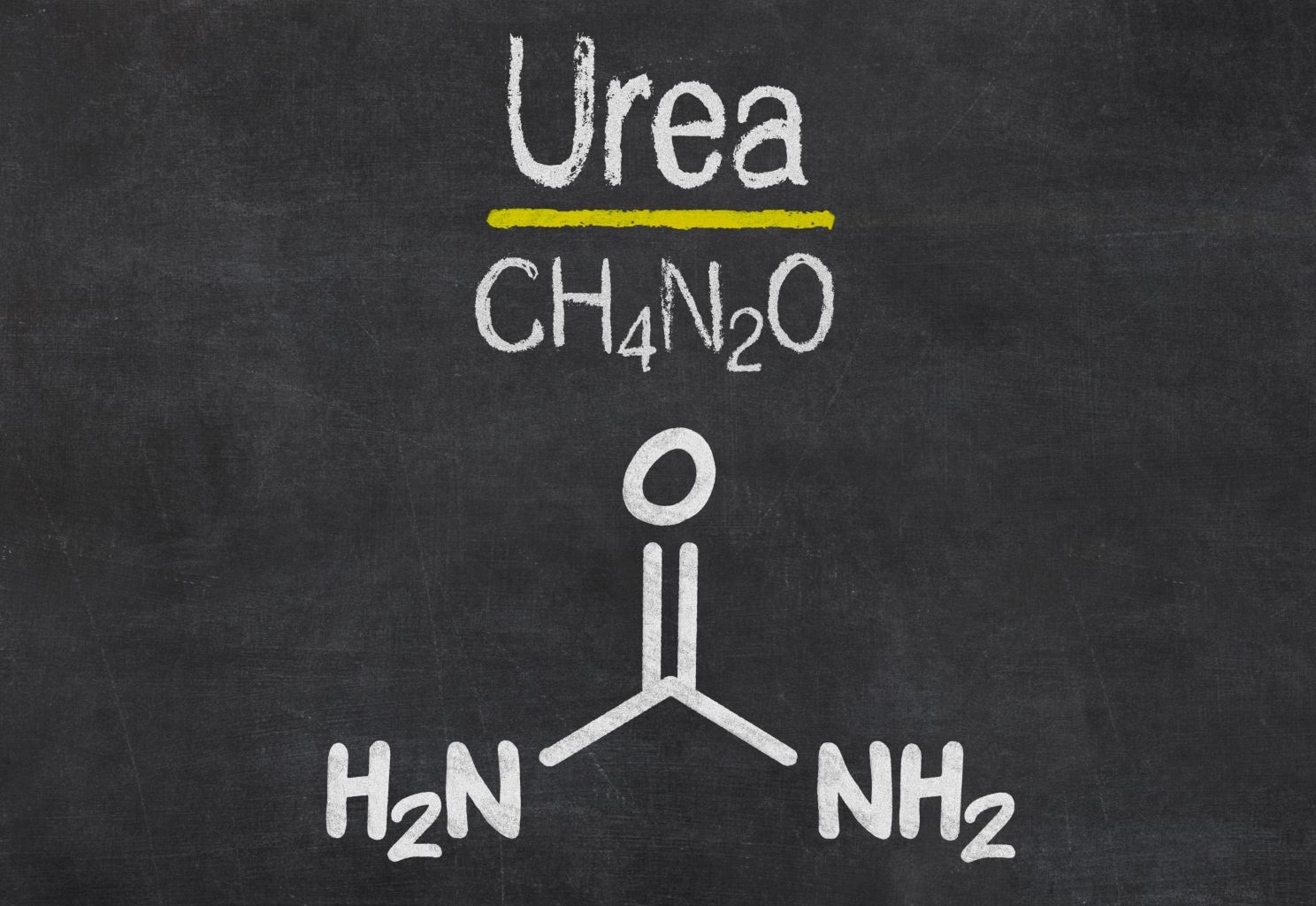
Controle da carga de treinamento no basquetebol através da ureia: uma revisão narrativa da literatura
Resumo:
Introduction: Properly controlling training loads is a fundamental part of the complex physical preparation process in order to achieve the desired performance optimization. Therefore, the objective of this study is to discuss the control of training loads in basketball through urea through a narrative review of the literature. Review: In the five scientific databases consulted (Google Scholar, Scielo, PuMed, LILACS and MEDLINE) 33 publications on the use of urea as a biological marker in the control of training loads and 05 textbooks on sport training theory were found. Discussion: Urea allows the identification of protein catabolism during exercise, serving as a biochemical marker of training loads. This systematic control of training loads, if properly performed, leads to a rational distribution of stimuli, provides a balance between fatigue and recovery, optimizing athletic performance. However, studies that analyzed urea in basketball used different intervention protocols, biological parameters and measurement units, with players from different categories, making it difficult to make in-depth comparisons between studies. In this perspective, among the biological markers analyzed together with urea, only some hormonal and biochemical indicators make it possible to trace correlations to understand the kinetics of urea. In addition, due to the behavioral complexity of urea during exercise and its respective excretion, a longitudinal follow-up of urea would be interesting. Final Considerations: There is a lack of research using urea in the control of training loads aimed at basketball players, requiring further investigations on this topic. Finally, due to the lack of guidelines on the use of urea for monitoring loads in basketball, certain practical recommendations are made.
Keywords: basketball, urea, exercise, worload, fatigue.
Expandir Resumo
Acessar Texto Completo
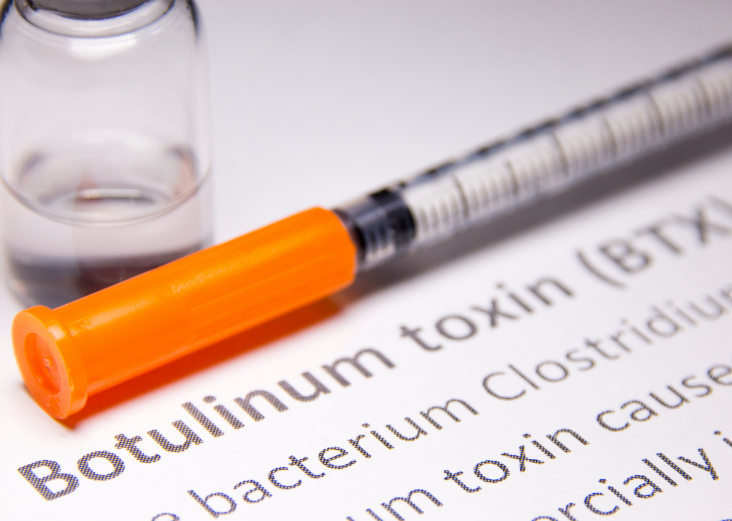
Aplicação de toxina botulínica no tratamento da sialorreia crônica em pacientes com doenças neurológicas
Resumo:
Introduction: Sialorrhea is defined as the extraoral escape of saliva. It is an embarrassing condition for the affected, causing psychological damage and affecting their sociability, being also uncomfortable for their caregivers. Review: This study carried out a review of national and international scientific literature, consulted in the Scielo, PubMed and Google Scholar databases. This literature review aims to evaluate and describe the therapeutic use of botulinum toxin for the treatment of sialorrhea. Discussion: In the treatment of sialorrhea, botulinum toxin type A (TBA), produced by the bacterium Clostridium botulinum, acts by blocking the release of acetylcholine in the nerve fibers, preventing the production of saliva by the salivary glands, and, without adverse effects, in counterproposal, the other treatments presented have several side effects. Final considerations: The administration of botulinum toxin presents itself as the best alternative in relation to more invasive procedures and the use of anticholinergic drugs that can bring different types of adverse effects.
Keywords: Botulinum Toxins Type A, Salivary glands, Sialorrhea.
Expandir Resumo
Acessar Texto Completo
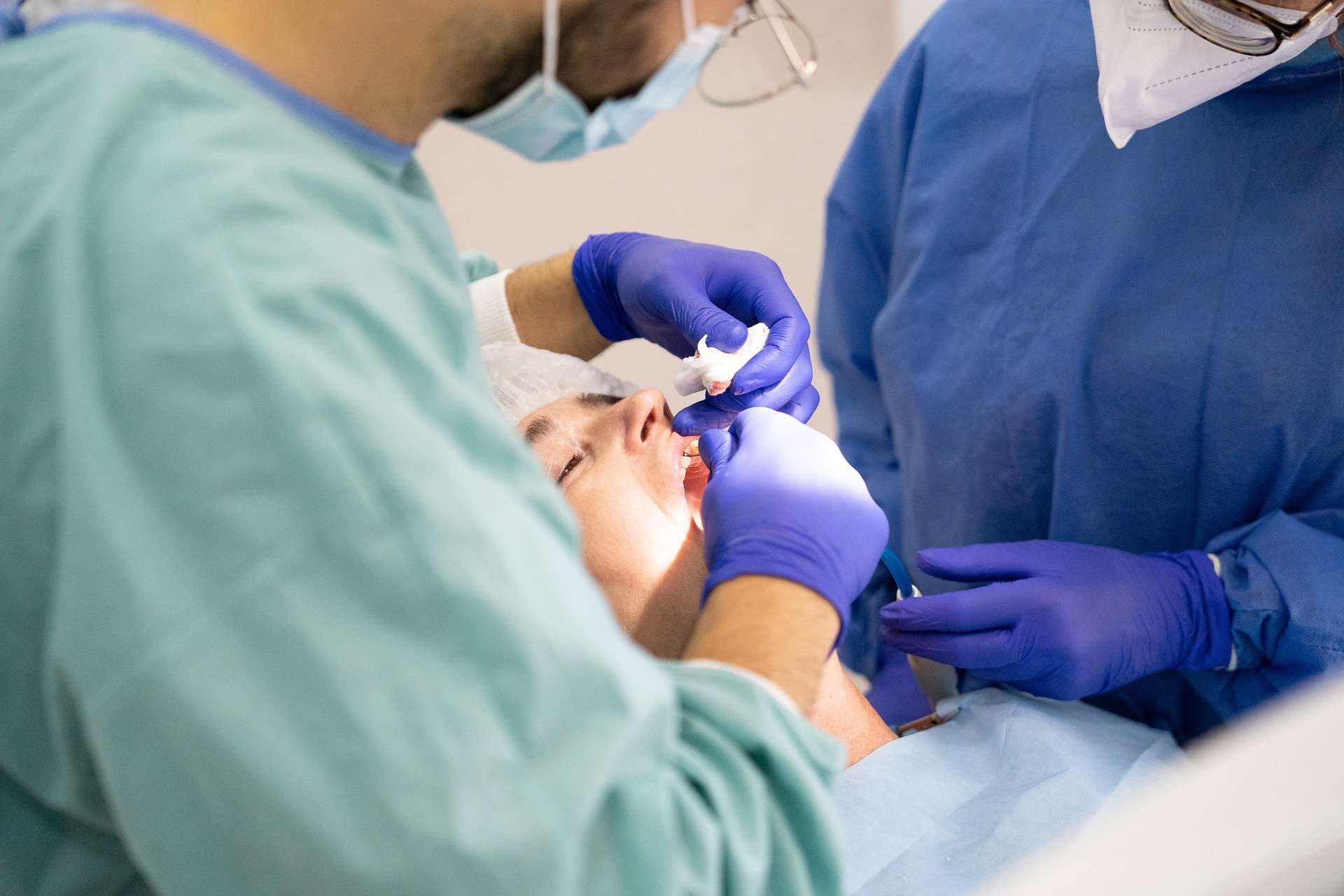
Management of oral surgery patients undergoing hemostasis modifying therapy: a literature review
Resumo:
Introdução: A hemostasia consiste no equilíbrio da fluidez do sangue dentro do vaso, sem extravasar nem coagular. Em algumas situações esse equilíbrio pode ser alterado, dentre essas o uso contínuo de medicamentos anticoagulantes e antiagregantes plaquetários para prevenção de eventos tromboembólicos. Tradicionalmente retirava-se a terapia previamente a cirurgia oral para se evitar possíveis sangramentos trans e pós-operatório. O objetivo deste trabalho foi buscar evidências científicas que deem suporte para a tomada de decisão quanto a interrupção ou não da terapia modificadora da hemostasia em cirurgia oral. Materiais e métodos: foi realizado um levantamento bibliográfico em estudos clínicos e artigos de revisão pelas bases de dados Medline/PubMed, google acadêmico e periódicos do Capes. Conclusão: pode-se concluir que a evidência atual sugere que cirurgia oral menor pode ser realizada com segurança em pacientes em uso de medicamentos modificadores da hemostasia, desde que seja observado o nível adequado de INR e medidas locais de hemostasia sejam adotadas.
Palavras-chaves: aspirina, cirurgia bucal, extração dentária, hemostasia, varfarina.
Expandir Resumo
Acessar Texto Completo
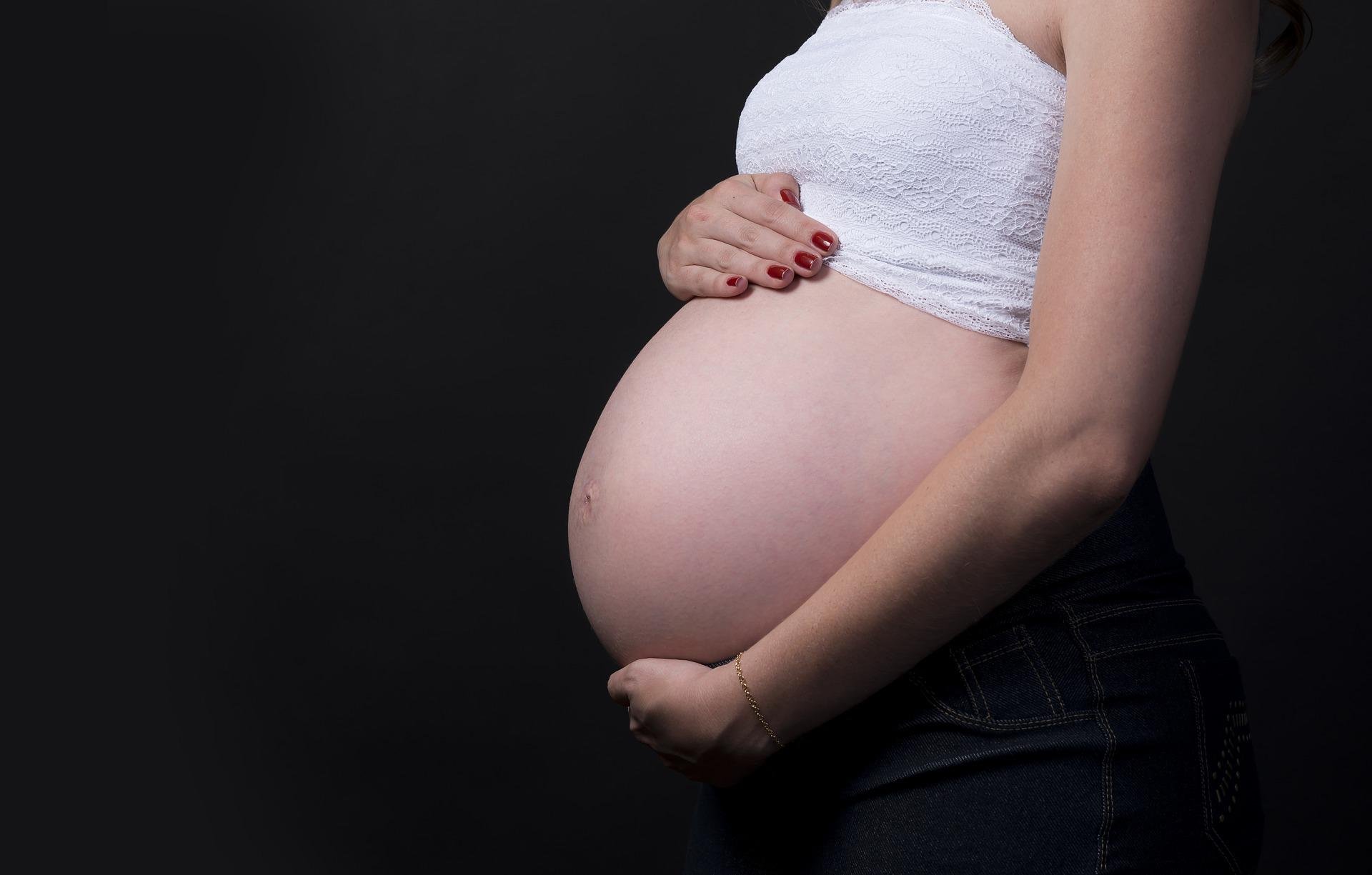
Atendimento odontológico em gestantes
Resumo:
Introduction: A woman in the gestational period goes through several physical, psychological and hormonal changes. These changes associated with carelessness with oral health can generate several changes in the mother's oral cavity and impact the baby's health in the future. Review: Pregnant women are more susceptible to oral health problems (dental caries, periodontal disease, tooth erosion and granuloma), due to changes in diet, reduced salivary secretion, inadequate oral hygiene practices, frequent nausea and high hormone levels. Discussion: Pregnant women hardly seek dental care during the gestational period, due to fear, misinformation and anxiety about the procedures, in addition, the insecurity and failures regarding the guidance by dentists and doctors about care during pregnancy can collaborate even more to the aggravation of the problem. Final considerations: The most favorable period for attending pregnant women is in the second trimester of pregnancy. However, in urgent cases and infectious foci in the oral cavity, no procedure is totally contraindicated, following the proper protocols.
Keywords: oral health, pregnant women, service protocols.
Expandir Resumo
Acessar Texto Completo

